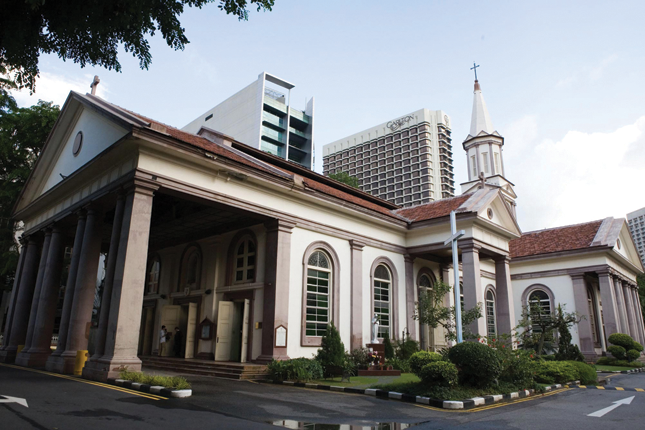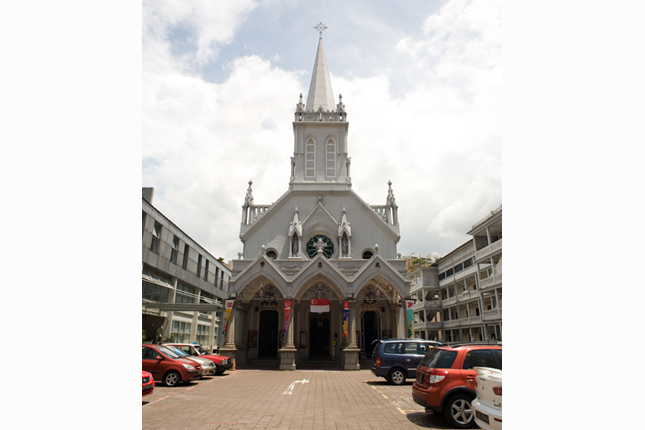Object Size: H:14.0 x W:9.0 x D:0.8 cm
This ivory panel depicts St. Jerome, a Catholic scholar who was responsible for the translation of the New Testament into Latin from the original Hebrew and Greek. He is recognised here from the red cardinal’s hat and cape draped on a bush. He is also shown with a lion as he is said to have befriended the beast by removing a thorn from its paw. The depiction of God at the top may have been thought of as being appealing to the Confucian values of the Chinese whom the Christian missionaries were targeting. This panel was probably produced in Southern China or another major production centre such as Macau or Manila. Many, if not most of these early carvings were copies from engravings in Christian books brought over from Europe. Carved ivories were an important trade item in the 17th and 18th centuries, particularly Christian art produced for markets within the trading empires of Spain and Portugal. Raw ivory obtained largely in Africa was brought to Asia to be carved into a host of decorative objects both for church use as well as for the household altars of wealthy individuals.


















